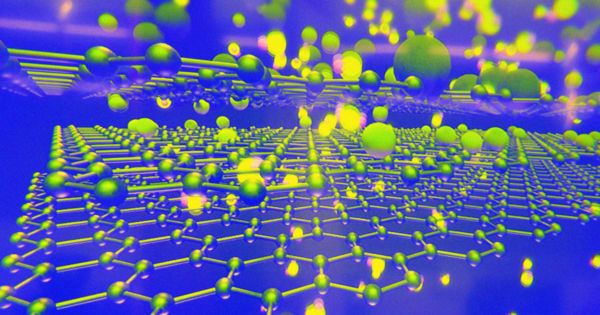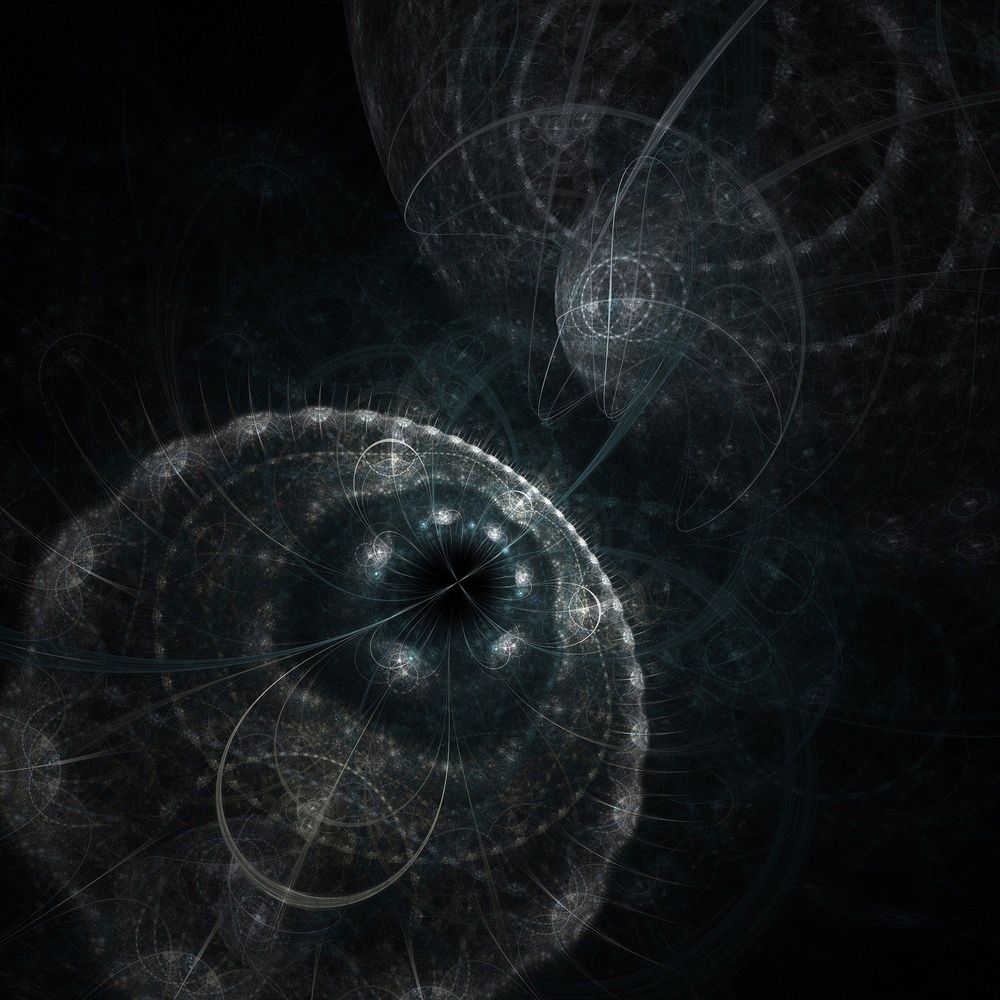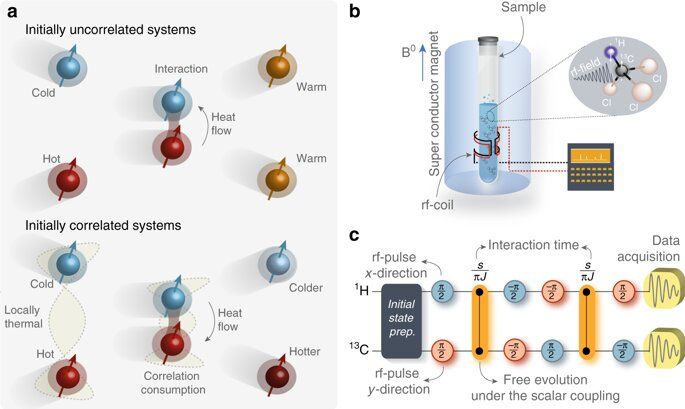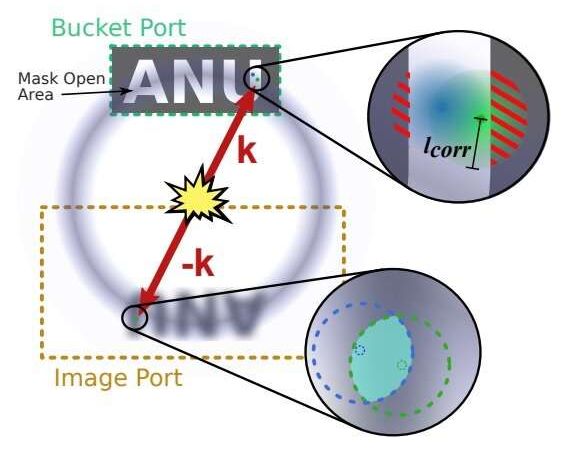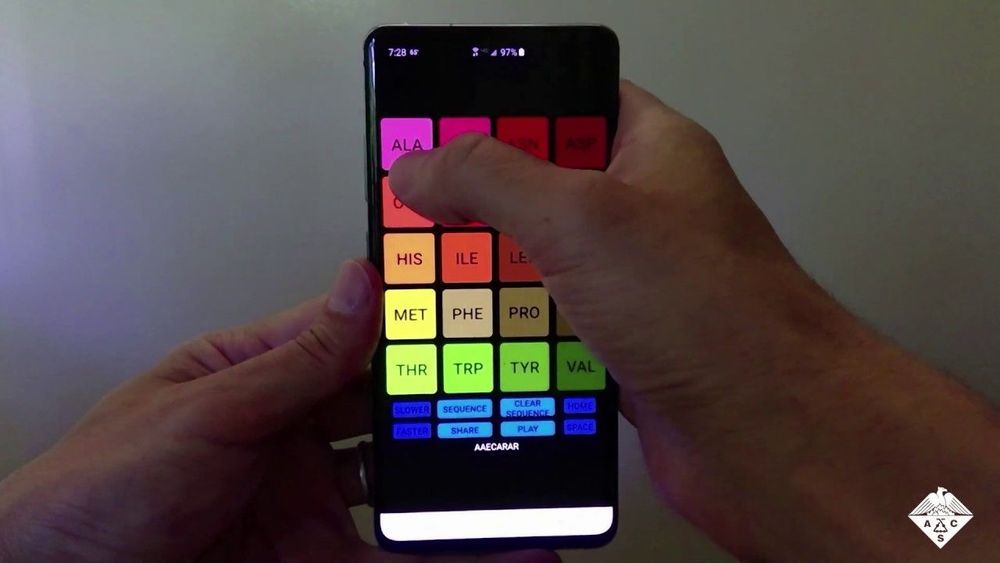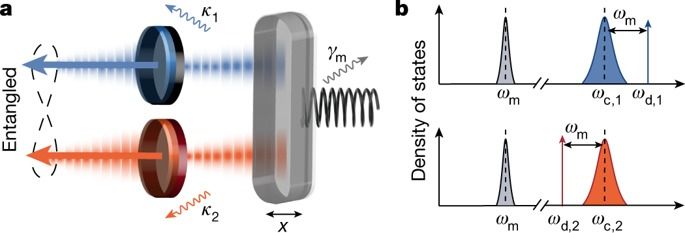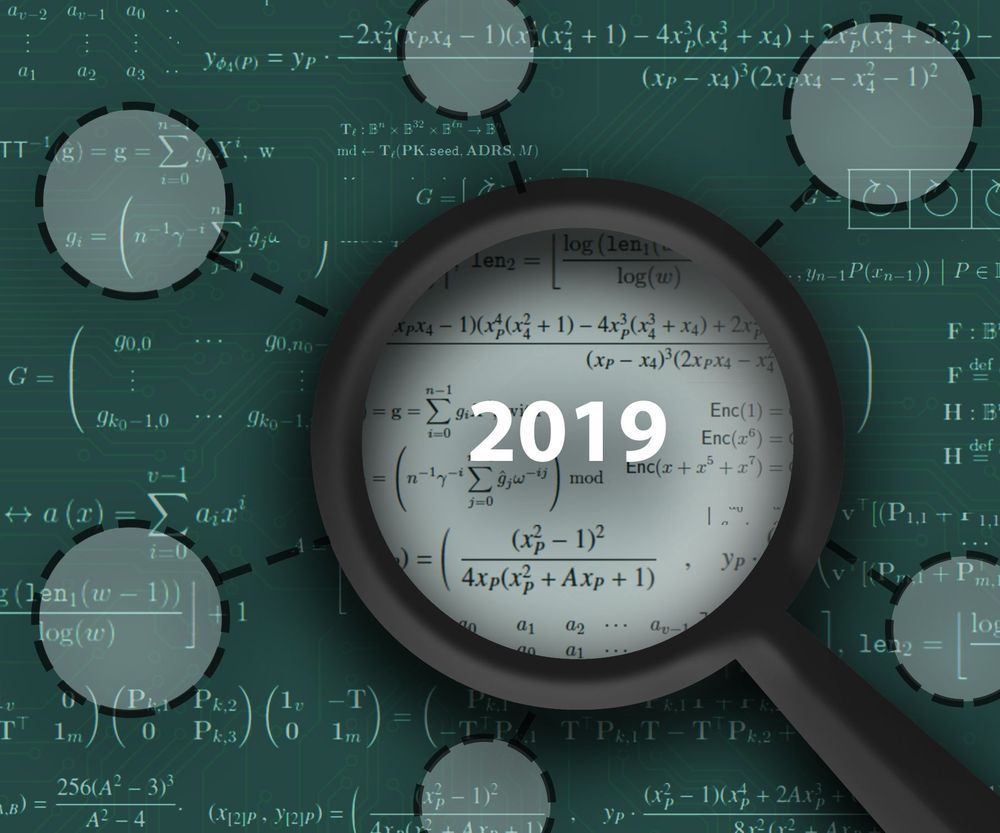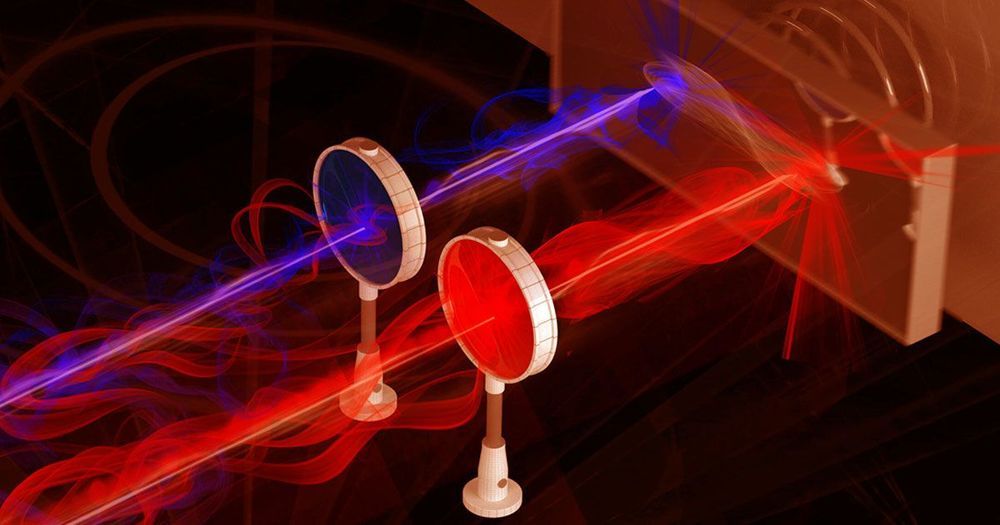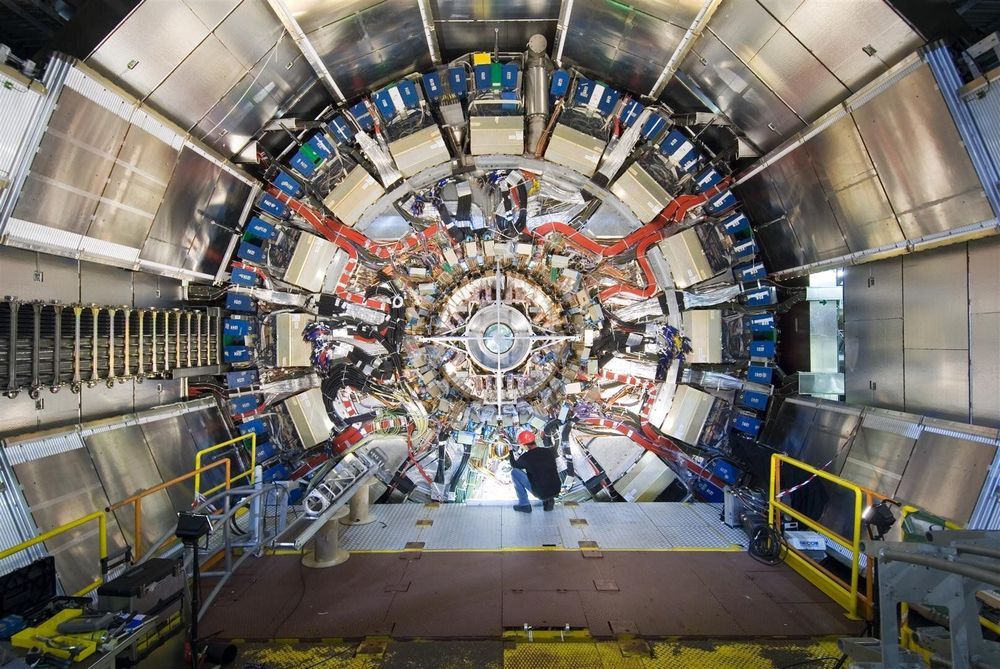The discovery could help overcome a major quantum computing hurdle.
Category: quantum physics – Page 665
Physicists at the National Institute of Standards and Technology (NIST) have teleported a computer circuit instruction known as a quantum logic operation between two separated ions (electrically charged atoms), showcasing how quantum computer programs could carry out tasks in future large-scale quantum networks.
Quantum teleportation transfers data from one quantum system (such as an ion) to another (such as a second ion), even if the two are completely isolated from each other, like two books in the basements of separate buildings. In this real-life form of teleportation, only quantum information, not matter, is transported, as opposed to the Star Trek version of “beaming” entire human beings from, say, a spaceship to a planet.
Teleportation of quantum data has been demonstrated previously with ions and a variety of other quantum systems. But the new work is the first to teleport a complete quantum logic operation using ions, a leading candidate for the architecture of future quantum computers. The experiments are described in the May 31 issue of Science.
Photography measures how much light of different color hits the photographic film. However, light is also a wave, and is therefore characterized by the phase. Phase specifies the position of a point within the wave cycle and correlates to depth of information, meaning that recording the phase of light scattered by an object can retrieve its full 3D shape, which cannot be obtained with a simple photograph. This is the basis of optical holography, popularized by fancy holograms in sci-fi movies like Star Wars.
But the problem is that the spatial resolution of the photo/hologram is limited by the wavelength of light, around or just-below 1 μm (0.001 mm). That’s fine for macroscopic objects, but it starts to fail when entering the realm of nanotechnology.
Now researchers from Fabrizio Carbone’s lab at EPFL have developed a method to see how light behaves on tiniest scale, well beyond wavelength limitations. The researchers used the most unusual photographic media: freely propagating electrons. Used in their ultrafast electron microscope, the method can encode quantum information in a holographic light pattern trapped in a nanostructure, and is based on an exotic aspect of electron and light interaction.
Heat flows from hot to cold objects. When a hot and a cold body are in thermal contact, they exchange heat energy until they reach thermal equilibrium, with the hot body cooling down and the cold body warming up. This is a natural phenomenon we experience all the time. It is explained by the second law of thermodynamics, which states that the total entropy of an isolated system always tends to increase over time until it reaches a maximum. Entropy is a quantitative measure of the disorder in a system. Isolated systems evolve spontaneously toward increasingly disordered states and lack of differentiation.
An experiment conducted by researchers at the Brazilian Center for Research in Physics (CBPF) and the Federal University of the ABC (UFABC), as well as collaborators at other institutions in Brazil and elsewhere, has shown that quantum correlations affect the way entropy is distributed among parts in thermal contact, reversing the direction of the so-called “thermodynamic arrow of time.”
In other words, heat can flow spontaneously from a cold object to a hot object without the need to invest energy in the process, as is required by a domestic fridge. An article describing the experiment with theoretical considerations has just been published in Nature Communications.
In conventional imaging methods, a beam of photons (or other particles) is reflected off the object to be imaged. After the beam travels to a detector, the information gathered there is used to create a photograph or other type of image. In an alternative imaging technique called “ghost imaging,” the process works a little differently: an image is reconstructed from information that is detected from a beam that never actually interacts with the object.
The key to ghost imaging is to use two or more correlated beams of particles. While one beam interacts with the object, the second beam is detected and used to reconstruct the image, even though the second beam never interacts with the object. The only aspect of the first beam that is detected is the arrival time of each photon on a separate detector. But because the two beams are correlated, the image of the object can be fully reconstructed.
While two beams are usually used in ghost imaging, recent research has demonstrated higher-order correlations—that is, correlations among three, four, or five beams. Higher-order ghost imaging can lead to improvements in image visibility, but it comes with the drawback that higher-order correlated events have a lower probability of detection, which causes lower resolution.
Researchers at MIT have developed a system for converting the molecular structures of proteins, the basic building blocks of all living beings, into audible sound that resembles musical passages. Then, reversing the process, they can introduce some variations into the music and convert it back into new proteins never before seen in nature. Credit: Zhao Qin and Francisco Martin-Martinez.
Want to create a brand new type of protein that might have useful properties? No problem. Just hum a few bars.
In a surprising marriage of science and art, researchers at MIT have developed a system for converting the molecular structures of proteins, the basic building blocks of all living beings, into audible sound that resembles musical passages. Then, reversing the process, they can introduce some variations into the music and convert it back into new proteins never before seen in nature.
Mechanical systems facilitate the development of a hybrid quantum technology comprising electrical, optical, atomic and acoustic degrees of freedom, and entanglement is essential to realize quantum-enabled devices. Continuous-variable entangled fields—known as Einstein–Podolsky–Rosen (EPR) states—are spatially separated two-mode squeezed states that can be used for quantum teleportation and quantum communication. In the optical domain, EPR states are typically generated using nondegenerate optical amplifiers, and at microwave frequencies Josephson circuits can serve as a nonlinear medium4,5,6. An outstanding goal is to deterministically generate and distribute entangled states with a mechanical oscillator, which requires a carefully arranged balance between excitation, cooling and dissipation in an ultralow noise environment. Here we observe stationary emission of path-entangled microwave radiation from a parametrically driven 30-micrometre-long silicon nanostring oscillator, squeezing the joint field operators of two thermal modes by 3.40 decibels below the vacuum level. The motion of this micromechanical system correlates up to 50 photons per second per hertz, giving rise to a quantum discord that is robust with respect to microwave noise. Such generalized quantum correlations of separable states are important for quantum-enhanced detection and provide direct evidence of the non-classical nature of the mechanical oscillator without directly measuring its state. This noninvasive measurement scheme allows to infer information about otherwise inaccessible objects, with potential implications for sensing, open-system dynamics and fundamental tests of quantum gravity. In the future, similar on-chip devices could be used to entangle subsystems on very different energy scales, such as microwave and optical photons.
The field has narrowed in the race to protect sensitive electronic information from the threat of quantum computers, which one day could render many of our current encryption methods obsolete.
As the latest step in its program to develop effective defenses, the National Institute of Standards and Technology (NIST) has winnowed the group of potential encryption tools—known as cryptographic algorithms—down to a bracket of 26. These algorithms are the ones NIST mathematicians and computer scientists consider to be the strongest candidates submitted to its Post-Quantum Cryptography Standardization project, whose goal is to create a set of standards for protecting electronic information from attack by the computers of both tomorrow and today.
“These 26 algorithms are the ones we are considering for potential standardization, and for the next 12 months we are requesting that the cryptography community focus on analyzing their performance,” said NIST mathematician Dustin Moody. “We want to get better data on how they will perform in the real world.”
To work, quantum computers have to be freezing cold, which makes connecting them to one another a challenge.
Now, for the first time, a team of researchers has found a way to create entangled radiation using a physical object — a move that could help connect future quantum computer systems to the outside world.
“What we have built is a prototype for a quantum link,” Shabir Barzanjeh, the engineer who led the project, said in a press release. “The oscillator that we have built has brought us one step closer to a quantum internet.”
The Standard Model is a remarkably successful but incomplete theory. Supersymmetry (SUSY) offers an elegant solution to the Standard Model’s limitations, extending it to give each particle a heavy “superpartner” with different spin properties (an important quantum number distinguishing matter particles from force particles and the Higgs boson). For example, sleptons are the spin 0 superpartners of spin 1/2 electrons, muons and tau leptons, while charginos and neutralinos are the spin 1/2 counterparts of the spin 0 Higgs bosons (SUSY postulates a total of five Higgs bosons) and spin 1 gauge bosons.
If these superpartners exist and are not too massive, they will be produced at CERN’s Large Hadron Collider (LHC) and could be hiding in data collected by the ATLAS detector. However, unlike most processes at the LHC, which are governed by strong force interactions, these superpartners would be created through the much weaker electroweak interaction, thus lowering their production rates. Further, most of these new SUSY particles are expected to be unstable. Physicists can only search for them by tracing their decay products—typically into a known Standard Model particle and the lightest supersymmetric particle (LSP), which could be stable and non-interacting, thus forming a natural dark matter candidate.
On 20 May, 2019, at the Large Hadron Collider Physics (LHCP) conference in Puebla, Mexico, and at the SUSY2019 conference in Corpus Christi, U.S., the ATLAS Collaboration presented numerous new searches for SUSY based on the full LHC Run 2 dataset (taken between 2015 and 2018), including two particularly challenging searches for electroweak SUSY. Both searches target particles that are produced at extremely low rates at the LHC, and decay into Standard Model particles that are themselves difficult to reconstruct. The large amount of data successfully collected by ATLAS in Run 2 provides a unique opportunity to explore these scenarios with new analysis techniques.
